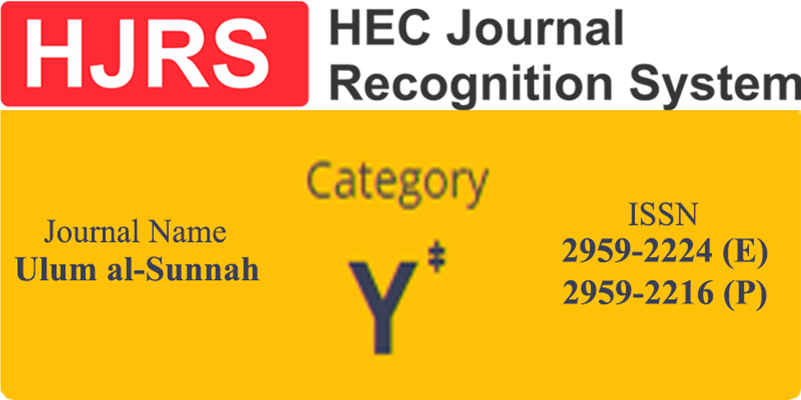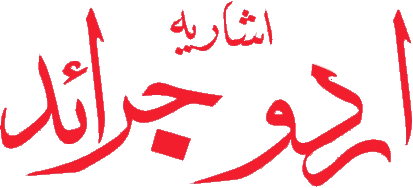An Analytical Study of the Recommendations of the Council of Islamic Ideology (CII) Regarding the Law of Minor Age Marriage in the context of Hadīth
DOI:
https://doi.org/10.5281/zenodo.11283727Keywords:
Minor Age Marriage, Council of Islamic Ideology, CII, Hadīth, SunnahAbstract
In the Islamic Republic of Pakistan, the concept of supreme sovereignty and the idea of legislation in accordance with the Qur'ān and Sunnah formed the basis of the Islamic Ideological Council. After the establishment of Pakistan, this organization was established in various provisions of the constitution and finally came into existence in the name of "Islamic Ideological Council" in the constitution of 1973. Article 230 of the Constitution of 1973 defines the duties of the Council. The Council of Islamic Ideology is a constitutional body established to make recommendations to the Majlis Shura so that the laws can be adapted to the Islamic style and formulate such principles. Although, it is compatible with the spirit of Islam and Parliament and Assemblies can take guidance from them while enacting legislation. While fulfilling its official duties, the Council made recommendations from time to time regarding the laws made in Pakistan at different times. According to the prevailing family laws of Pakistan, a girl must be at least 16 years old and a boy must be 18 years old at the time of marriage. And after discussing the queries in their meeting, they made suggestions. In this article, a research and analytical study of the Council's recommendations related to the laws of early marriage will be carried-out in the light of Hadīth and Sunnah.
Downloads
Published
How to Cite
Issue
Section
License
Copyright (c) 2023 Abdul Qayyum

This work is licensed under a Creative Commons Attribution-NonCommercial 4.0 International License.
This is an open-access journal which means that all content is freely available without charge to the user or his/her institution. Users are allowed to read, download, copy, distribute, print, search, or link to the full texts of the articles, or use them for any other lawful purpose, without asking prior permission from the publisher or the author. All articles are available on the internet to all users immediately upon publication. Non-commercial use and distribution in any medium are permitted, provided the author and the journal are properly credited.











 Research Journal Indexed by Google Scholar
Research Journal Indexed by Google Scholar